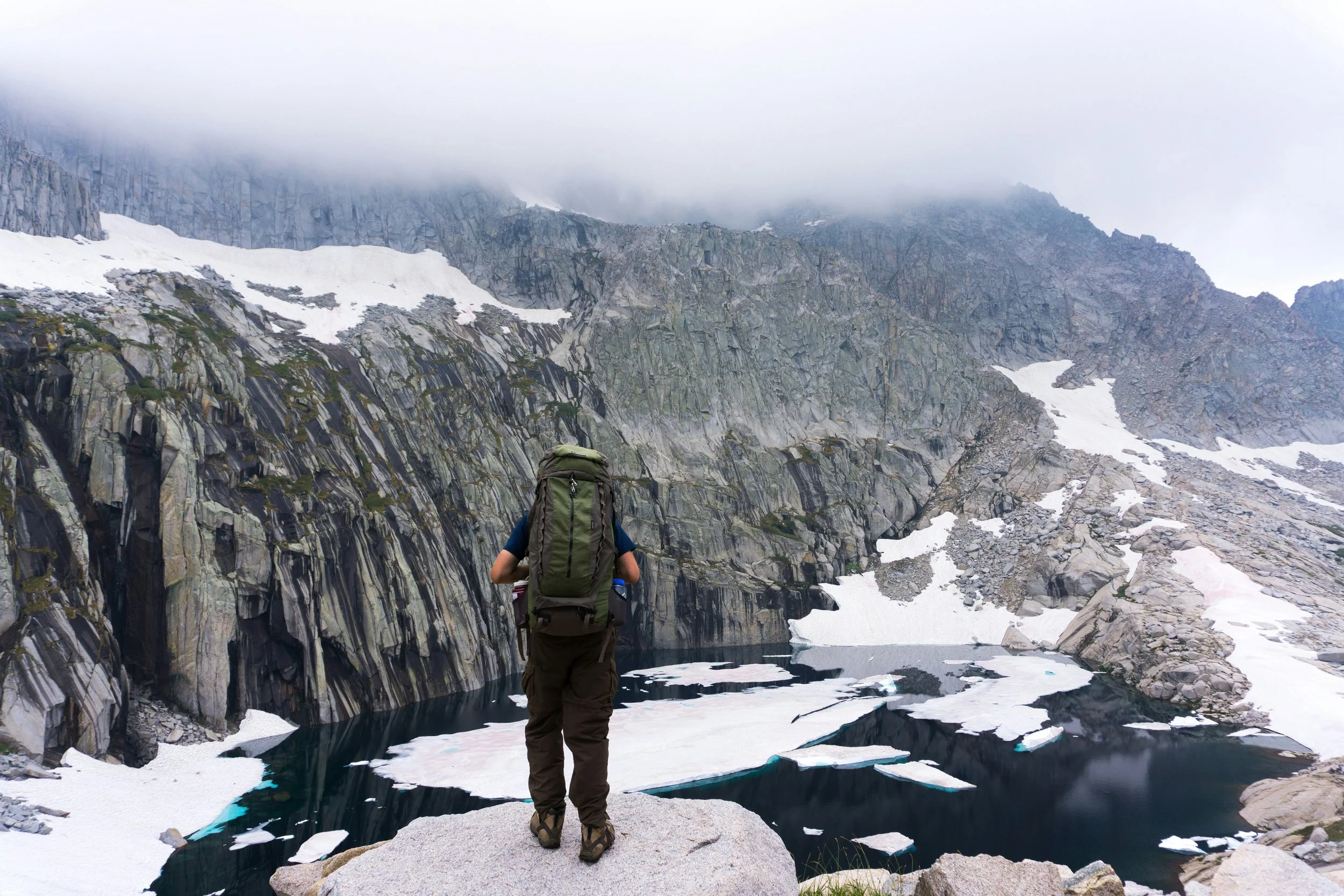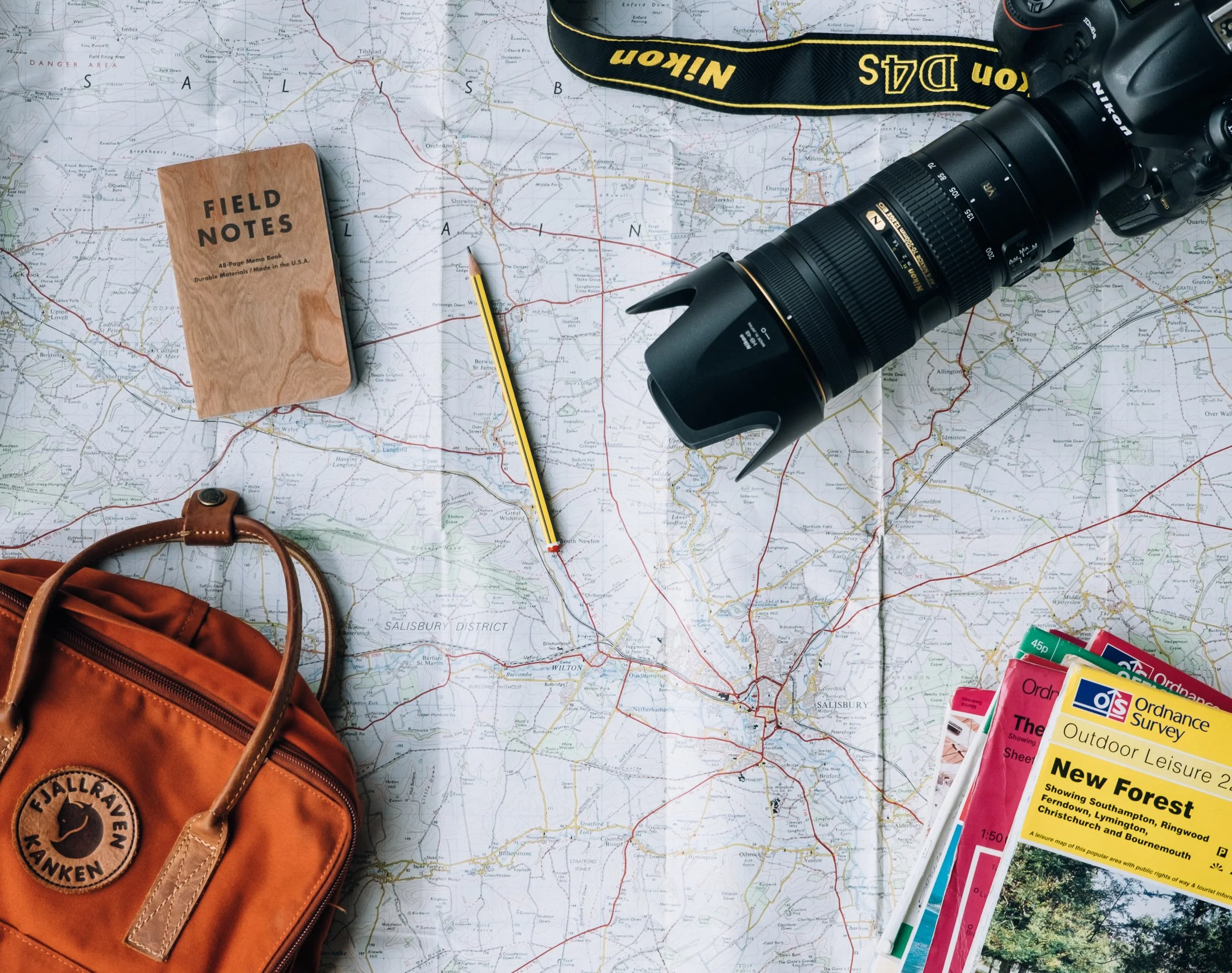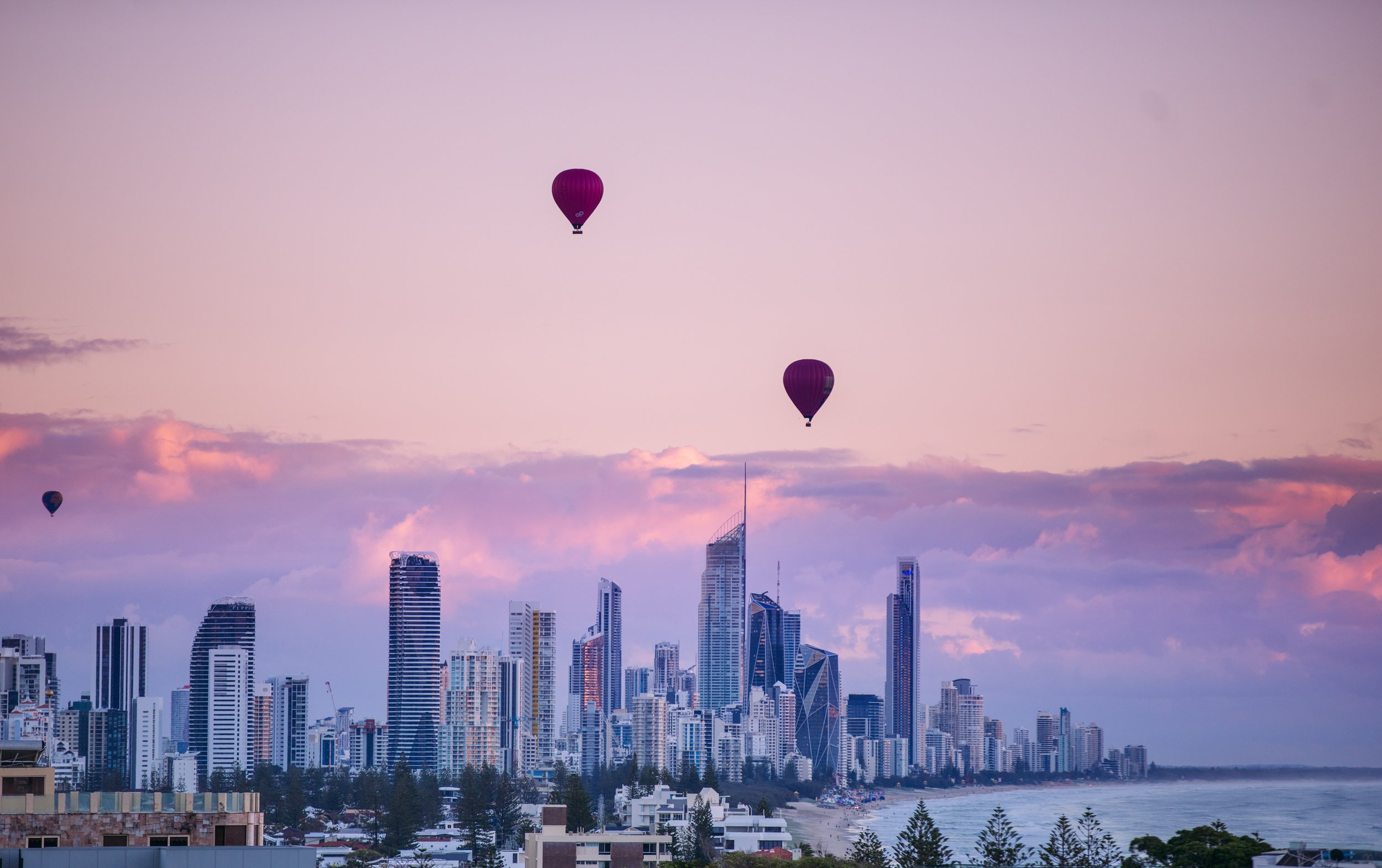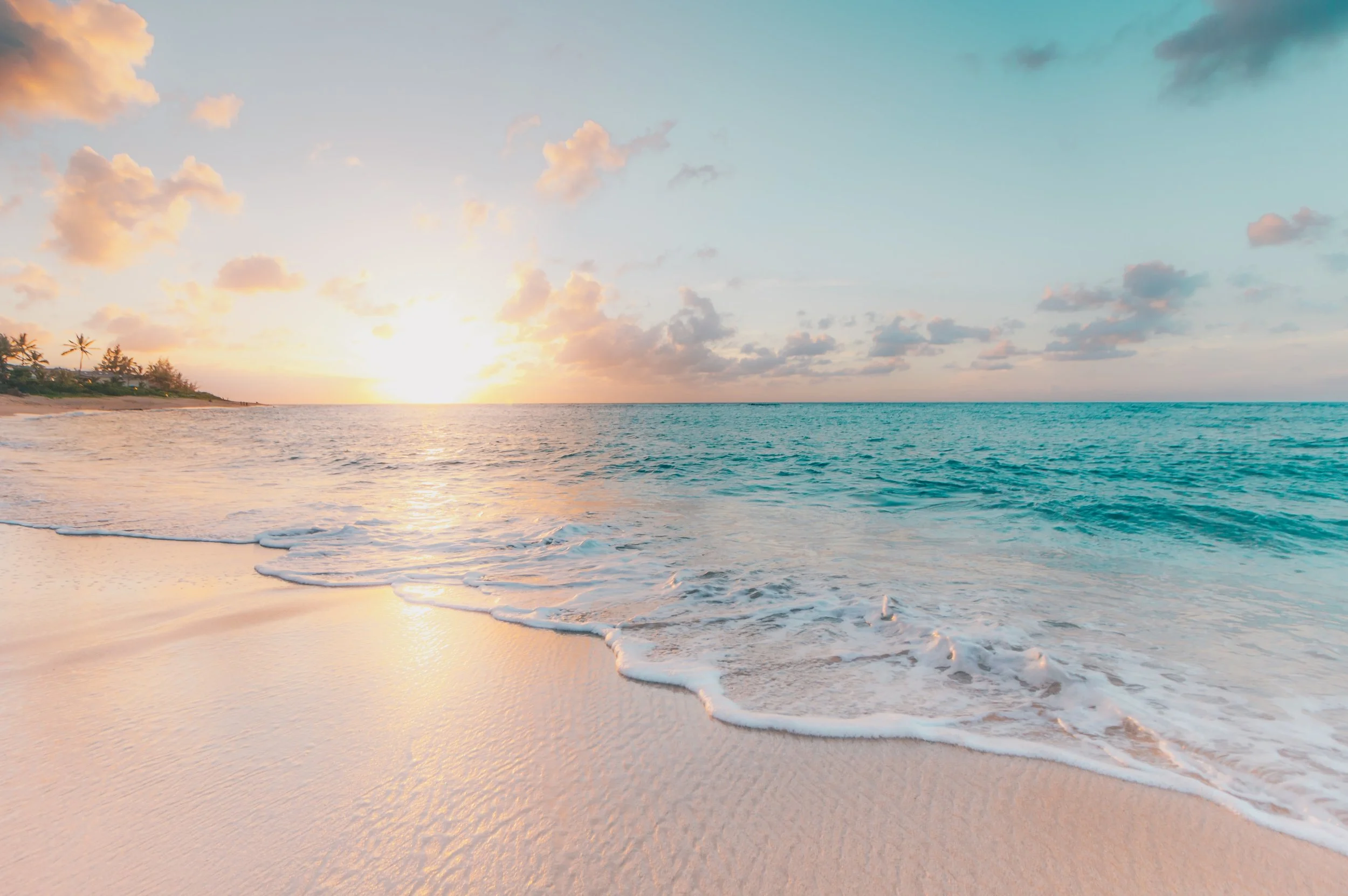So you decided you want to travel long term. But what about money? How much are you going to need? What should be your daily budget? How much does travelling cost?
Managing your money and living on a budget is a mind-set when travelling long-term. You just have to do it or you will run out of money a lot quicker than you anticipate. The longer you live on a budget, the easier it becomes to manage.
We would love to share with you all we've learnt (sometimes the hard way!) in the last 18 months. During that time we have traveled through Nepal, India, Sri Lanka, Kuala Lumpur, Australia, Thailand, Laos, Cambodia, Vietnam, USA, Poland, England, Ethiopia, Kenya, Uganda & Rwanda and...
We have travelled on an average budget of $30 USD per day.
PLANNING YOUR BUDGET & SAVING MONEY
As cliché as it sounds, try to save and take as much money as you can! You never know when you will have a sudden big expense or if you have an emergency that requires you to fork out more money than you expected. There are many ways that you can start saving for your long-term trip, and there are going to be tips and tricks that work for you, and some that don't. For us, we didn't set an end target amount of money that we wanted to save, but rather we thought practically about how much money we would need daily and researched the cost of living (for a tourist, that is) in the different countries we wanted to visit.
There are a few things that we took into consideration for our budget.
1. What will we need to spend before our travels?
flights
vaccinations
gear (see what's inside our bag here)
travel insurance, etc
2. What will we need to spend during our travels?
accommodation
food
transport
visas
activities, etc.
3. What will we need to spend after our travels?
re-settling
calculating your long term travel budget
We used a couple of tried and tested techniques to come up with our daily budget to help us calculate our ambitious budget of 30 USD a day for both of us.
Firstly, we found out what the budget hotels cost in a country's capital city and used that amount as an indicator to what roughly half of our daily budget was going to be in that place. Also, using the website numbeo.com we were able to anticipate the cost of daily life. Knowing what to expect to pay for things like taxis, meals out, coffee, beer etc. helped us to come up with our budget of 30 USD per day for two of us. We also knew that we were going to some cheap places like Central Asia and South East Asia, moderate places like East Africa and more expensive places like Australia and the US, so our budget would be different for each place, but ultimately, we wanted to keep the $30 a day as our target. We knew that it wouldn't be easy as it's not a lot of money if we wanted to go on tours or do some unusual activities, like e.g. walking with elephants or visiting the hottest place on Earth in a convoy, but we decided to find a way and somehow do it!
Once we came up with our daily budget amount, we then knew that we needed approx
11,000 USD
for a year's worth of travel.
Added to this total would be the upfront costs of things like flights, vaccinations and travel insurance, which brought our total to approximately $15,000 we needed to save.
Quick Note
You will quickly realise that the US dollar is king outside of Europe! We saved British Pounds for our trip, but everything we do now is in USD.
how did we save money for long term travel?
We knew what we wanted to do, and we knew how to make it happen. The reality is that travel costs money, although it isn't as expensive as most people think. Long term travel has been a considerably cheaper way of life compared to living in London. Although it can feel like we are spending way too much money on the road, it is nothing compared to what we used to spend living a city life. We don't pay rent anymore and we don't have all the bills to take care of.
There wasn't an exact moment that we decided to cut everything down and start saving, it was more of a transition into a new lifestyle about 6 months before we left. We cut back on a few things, and actively put money aside for our travels. We didn't want to become complete hermits, so we decided to reduce the activities we spent money on (read between the lines: 'beer drinking') and replaced them with free/cheap ones.
We stopped buying things that we weren't going to take with us travelling. We seriously have bought 5 pieces of clothing each in the last 18 months - and that was only because the clothes we were wearing started to fall to bits.
EXPENSES DURING LONG TERM TRAVEL
HandZaround Africa Spending
- Food & Drinks
- Local transport
- Accommodation
- Activities
- Visas
- Others*
- Food & Drinks
- Local transport
- Accommodation
- Activities
- Visas
- Others*
Also, note that (as discussed in one of the paragraphs below) accommodation and activities costs may take more of your budget if you pay for it - our accommodation and activities costs don't take as much of the chart since we often got to do things on an exchange basis or got to go on tours or stay at hotels when we worked on a project and photographed/filmed them etc.
How much is food and accommodation in asia and africa?
Your two biggest expenses are going to be accommodation and food. This has taken up well over half of our expenses so far. It’s a good thing to keep in mind that if you save, say $10,000 for a long term trip, then you will most likely spend $5,000-7,500 of it on just eating and sleeping. Totally not a bad thing, but leaves you with not so much for trips, activities, visas and other things. In general food is not expensive in Central and Southeast Asia, as well as East Africa.
If you are happy to pick stuff up from the street stall and eat what locals eat, you will spend not more than 2-4 USD for a meal for two people. If you've had enough of local specialities though, and want to get some western goodies, be ready to spend much more (10-15 USD for a meal for two).
Accommodation is generally cheap, but it doesn't mean it's good! In Central & Southeast Asia you can find a clean room for two for 10 USD, in Africa that can be a bit more tricky - you can find a room for 10-15 USD but it will not be of a very high standard (expect little, not dangerous stains on the blankets, power cuts and hot water working only sometimes).
how much are local buses & Taxis in asia and africa?
Days that you are actually moving from place to place either on a bus, local plane or a train, will probably be the most expensive. The more you move around, the higher your daily budget is going to be. If you are able to spend 4-5 days in one place, then it becomes much easier to have a low/no-spend day.
On average, long bus rides across the country will cost you 10-20 USD per person in Asia and Africa. Local buses or minibuses from a city to city or across town will set you back 0.15-0.50 USD or 2-5 USD for an Uber* or a taxi.
*Yep - you will find Uber, Ride and Taxify cars pretty much in every big or capital city across Asia and Africa. You will also find motorbike taxi services such as SafeBoda in Uganda, SafeMotos in Rwanda and BodaBoda in Kenya.
How much are VISAS in Asia and Africa?
It may seem like a huge expense to buy visas for all the countries you plan to visit, but the reality is, that they are pretty cheap. Most visas cost somewhere between $50-100 and last for 1-3 months. This may be a big up front cost if you are planning on visiting 10 countries that all need a visa, but it works out to be approx $1.50-3.00 per day to be in that country.
Drinking water in Asia and Africa
A lot of countries outside of Europe, North America & Australia do not have safe drinking water and we really missed being able to go to the tap and just get a glass of water! That's why we decided to buy our LifeStraw Drinking bottles. They may seem expensive at first, but they have absolutely paid for themselves 10 times over! Not once have we been sick from drinking water because of these awesome bottles.
As you travel, you will really notice how big of an issue plastic is. It is not as noticeable in western countries, as we have grown used to throwing our waste in a bin, but there is definitely a huge environmental issue with single use plastic items. In many developing countries, unfortunately rubbish on the ground is just part of daily life. It can be pretty disgusting at times, and (we'd say) 90% of it is plastic. Help the world out and use a refillable bottle with a filter for drinking water as it stops you from buying bottled water everyday and you reduce the amount of plastic in the world.
MANAGING MONEY DURING LONG TERM TRAVEL
How to track your money whilst travelling
We use a free app called ‘Tripcoin’ to track everything we spend. It gives us stats about daily spending, what we spend most of our money on, and how much (percentage wise) we have spent of our budget.
The best feature of this is that it allows you spread a big amount over multiple days. This is what we do when we have a big one-off spend (something like a flight). We split it across 30 days to help stay in our daily budget.
Writing down every dollar we spend helps us to keep track of our money. We look at our budget every day and make sure it isn’t getting out of control. We have a daily budget of 30 USD that we really try and stick to. Of course, there are days when we totally blow it, but we try to make that up by having no-spend or low-spend days.
Get into the habit of tracking everything you spend well before you leave. It literally takes 15 second to enter the information into the app. We find just being aware of exactly what we're spending helps us to manage our money.
Quick Note
'Tripcoin' App makes it easier for us to track our spendings.
Withdrawing Money Out Whilst Abroad - Using Foreign ATMs
Before leaving London, we spent hours researching the best possible bank account for us. We decided to use Haliax Clarity Credit Card, and it has been great. We do not get charged anything for purchases using the card, and we can withdraw cash from most foreign ATMs without any fees. There are a couple of things to remember though.
- Some bank ATMs have their own charges for using a foreign card and there is nothing you can do about it – we had to pay $4 every time we withdrew money in Kenya, but never paid any fees in South East Asia – it just depends on the ATM you are using.
- If you are using credit cards (like us) make sure you pay off your balance ASAP. Halifax charges interest on purchases 30 days after the transaction, but begins interest charges straight away from any cash withdrawals.
We always withdraw the maximum amount of cash from an ATM (usually somewhere around $400) and then split the money between us, and our secret hiding places. There is nothing worse than being somewhere without cash on hand!
Quick Note
We got caught out a couple of times without having enough cash and then had to walk around for ages trying to find a working ATM. Once in Nepal, we were about 100 Rupees (about $1) short for the bus back to Kathmandu and we had a lot of trouble withdrawing more money. The first two ATMs wouldn’t work and the one that finally did had a service fee of $5 – we could’ve easily avoided this if we had of taken money out when we were in Kathmandu and knew which ATMs didn’t charge us.
Exchanging Money Whilst Travelling
Exchanging money is fine – of course there are places that try and rip you off (like airports or border crossings) but most currency exchanges will give you a fair rate. We’ve even had a couple of instances where we got a better rate than what our exchange rate app (XE Currency) was telling us! We think it is a general misconception that exchanging money in foreign countries is a rip off - it simply isn’t.
Most borders in East Africa have unofficial money exchangers just walking around, and although they are technically illegal, they are very much tolerated. It is a great way to get rid off any currency you have left over and also makes sure you have some new currency for the country you are about to enter. Always agree on the rate because THEY WILL TRY to rip you off (or give you the 2,000 note instead of the 20,000).
Some money exchanges will offer a completely horrible rate for smaller notes (smaller than $50), and in Rwanda they will only accept US notes that are from 2009 onward. The US dollar in particular in East Africa is very desirable - when we exchanged some USD at the bank in Addis Ababa, in Ethiopia, they were actually offering a higher rate than what our app was telling us. Local currencies are very unstable and tend to jump in their value. The USD, Pound Sterling and Euro tend to be stable and are highly sought after.
Quick Note
Just before we arrived to India, the government decided to demonetise all 500 and 1,000 Rupee notes in the space of 4 hours! We were lucky to have some Pound Sterling and Euro on us that we were able to exchange for the 'new' money as the government had set a withdrawal limit of 2,000 rupees (approx $30us) per person per day - if we didn't have foreign currency to exchange, then we would have had to have gone to the ATM almost every day and stand in the longest lines we have ever seen. So... always have some cash with yourself.
HOW WE STAYED IN OUR 30 USD A DAY BUDGET
We mentioned at the beginning that once we estimated how much we'll be paying for things in different countries, we decided to keep the daily budget for both of us at 30 USD. We knew that it wouldn't be easy as it's not a lot of money if we wanted to go on tours or do some unusual activities, but below you can find out how we managed to do it.
Exchange / Barter / Paid Work
We put our skills to use. Whilst travelling, we collaborated with hotels, restaurants, travel companies and also sold some of our footage to add to our budget and to stay in our 30 USD a day limit. Before arriving to a new city or country, we try to reach out to different places to see if they are interested in photographs, a film or some type of new content. Places would host us or take us on their trips in exchange for film and photography content. You can check out our 'work with us' page for some more info on that. It is so important to remember that you are not getting a free stay or free food, or even a free trip - you are paying for it with the skills you have. Some companies may see the benefit of a barter exchange or a collaboration but some will try to 'use' you 'for free'. We have also worked on a variety of paid projects, whether it was filming or photographing a tour, a hotel or designing a website, however it's a bit more tricky due to working visas.
WorkAway
We became 'WorkAwayers' in Luang Prabang, Laos, for two weeks. We stayed with an expat who managed a bar and needed someone to help create new social media and advertising content, as well as someone to teach the Laos staff English. We had a great experience using this service, but it is important to mention that some 'WorkAway Jobs' are a bit of a scam. Make sure you ask lots of questions before you agree, you know exactly what you are getting in exchange, and you know exactly what is expected from you. We met other travellers who had had a horrible experience on the Kenya Coast where their host was expecting them to work 12+ hours per day and stay in some very average accommodation. It's important to remember you are not their slave and you are actually working for your stay. If you hear the phrase 'free accommodation' or 'free food' then you should take it as a warning sign that your host doesn't really value what you are doing - best to try and find other one.
Local Trasport
You can save massive amounts of money by roughing it on local transport. The great thing about long-term travel is that you can afford to spend a whole day (or more) getting to your next destination - after all the journey 'is the adventure', right? E.g. flights from Kigali to Nairobi are about $175 per person, but the same journey by Modern Coast Buses is $40 per person ($48 if you buy the VIP seats) although it will take you 20+ hours.
16 MONEY SAVING TIPS FOR LONG TERM TRAVELLERS
1. Set a daily, weekly and monthly limit and stick to it.
2. Book accommodation that has free breakfast (and eat up!).
3. Buses and trains are always cheaper than airplanes.
4. Always book directly with a tour company or do it yourself.
5. Withdraw the maximum amount you can from an ATM.
6. Never have $0 on you!
7. Always ask the price before doing anything.
8. Eating at a local restaurant/bar is cheaper than trying to cook for yourself.
9. Backpackers hostels are NOT cheap.
Yes, the bed may be cheap, but there is always a bar,
a party or an event going on that will make you spend more money than you want to.
10. Try 'Couchsurfing' or 'WorkAway' to reduce your costs.
11. Know the exchange rate.
12. Limit what you drink.
Alcohol kills the budget and often the booze is not legit -
it can have soooo much sugar in it that you'll wake up with a death hangover the next day and hole in your pocket.
13. Split your money into multiple accounts.
It seems so much easier to spend $10 from an account that has say $5,000 in,
than it does to spend that same $10 from an account that has $500 in it.
14. Saving a dollar here and there does make a difference.
15. Go to the local market.
16. Travel slow and spend a least a few days in each place.
Please note that when we write 'prices/transport/accommodation etc. in Africa in Asia' we refer to the countries in Africa and Asia we visited and not the whole continents.
